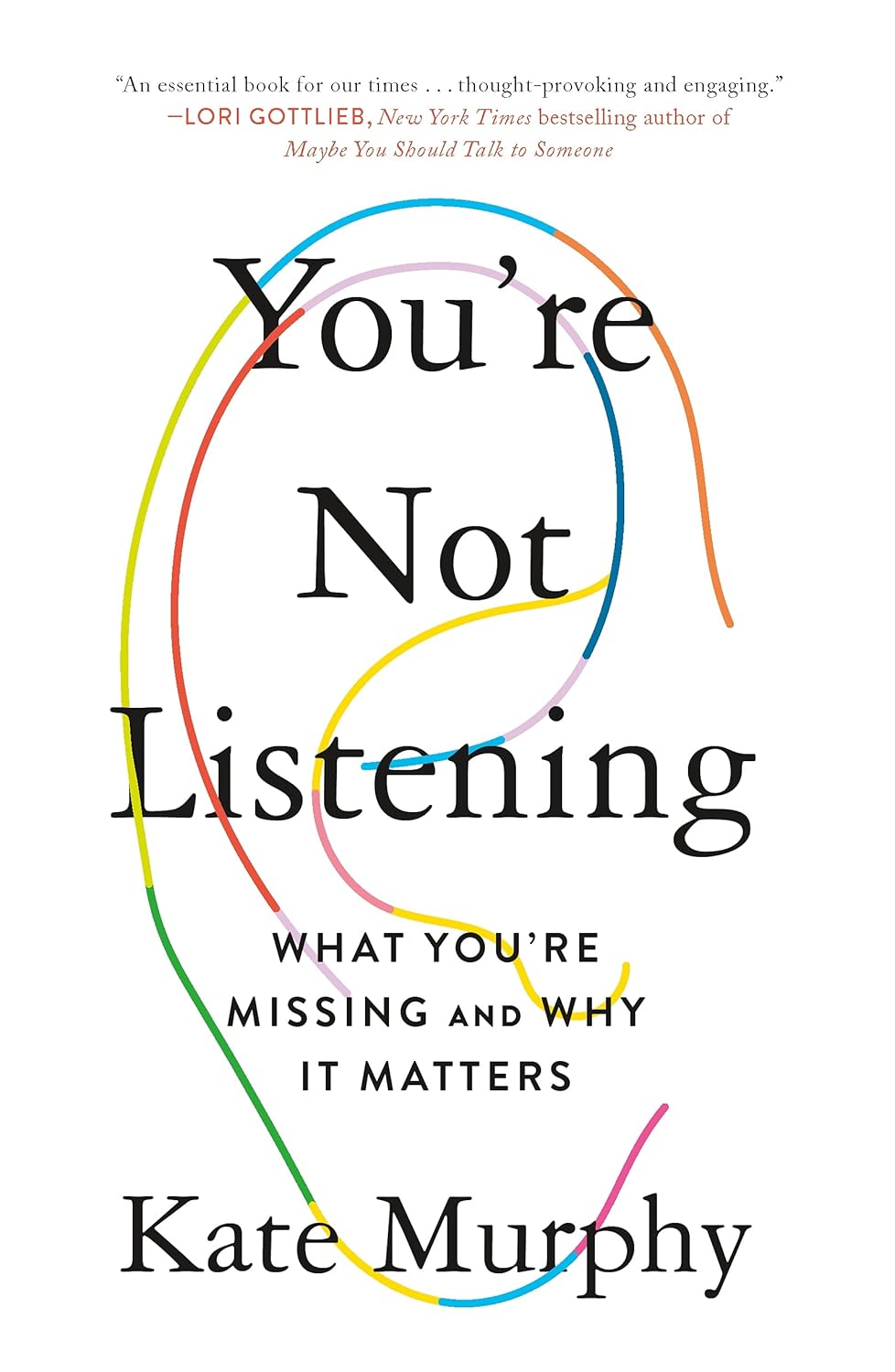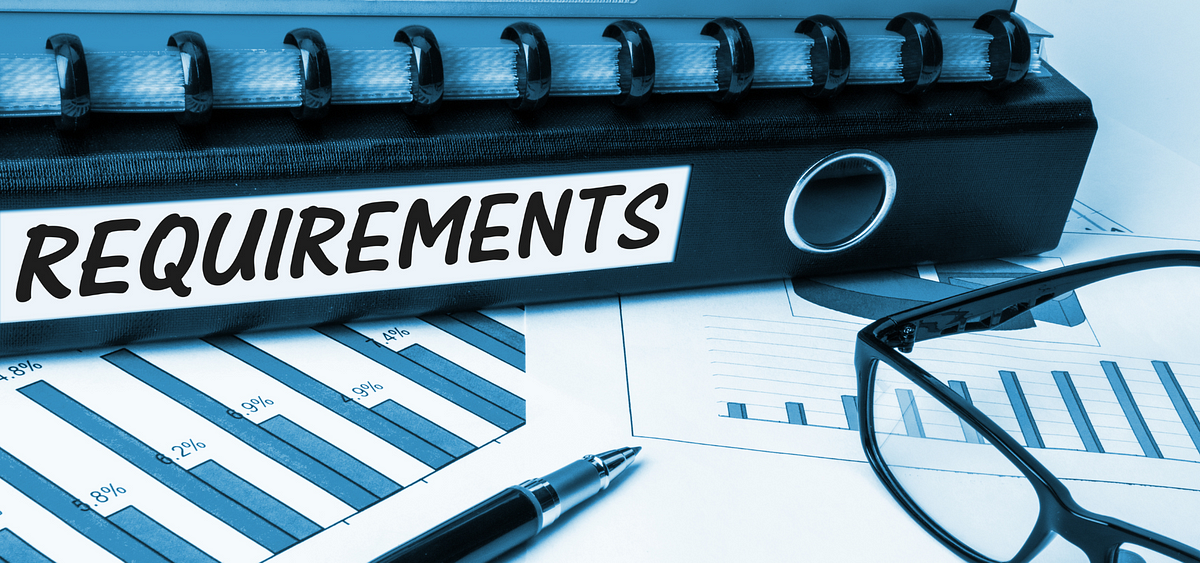Here’s How Many Times You Need to Order From Amazon to Make a Prime Membership Worth It
A historic Prime Day is coming soon—but is that $139 annual fee really worth it?

We may earn a commission from links on this page.
It's official: Prime Day 2025 is right around the corner. In a press release this week, Amazon confirmed the biggest online sales event of the year will take place between July 8 and July 11. This is the first time the sale has lasted more than two days—in fact, it will be twice as long as in previous years. But to take advantage of everything this giant sale has to offer, you’re going to need to be a Prime Member.
Millions of Amazon Prime users currently pay $14.99 per month or $139 per year for their memberships, though other plans cost less if you qualify. For example, the new Amazon Prime Student program allows young adults between the ages of 18 and 24 to get all of the Prime perks for half the cost—$7.49 per month or $69 annually.
For frequent Amazon shoppers, Prime can pay for itself quickly—mostly thanks to the shipping perks. But it may not make financial sense for infrequent users. If you’re on the fence about signing up for (or renewing) your Prime membership, here’s how to judge whether or not the benefits outweigh the $139 cost for you.
The benefits of Amazon Prime
Before we do the math, here are the main perks of Amazon Prime that make it worth the cost for so many users.
Free two-day shipping on millions of items: This is the main draw of Prime. If you shop frequently on Amazon and want quick free delivery, the shipping perks alone may make Prime worthwhile. Prime members also get free same-day delivery on over 3 million items in eligible areas. The ultra-fast (and morally dubious) shipping usually costs $9.99 per order for non-members.
Access to Prime Video: Prime includes unlimited streaming of movies, TV shows, and Amazon Originals. If you ask me, the content library isn’t as robust as Netflix or Hulu, but could still add value.
Other Prime benefits: You also get Amazon Music for streaming songs, Prime Reading for ebooks and magazines, Prime gaming, free photo storage, and discounts/deals.
Amazon Prime Rewards Visa card: Cardholders get 5% back on Amazon/Whole Foods purchases. So Prime members who use this card extensively can earn rewards that offset the annual fee.
Number of users: Prime benefits can be shared with other members of your household. The more users, the more value per person.
Doing the math
Let's say you don't really care about Prime Video, Amazon Music, or free e-books, and just want to know if you'll save money you would otherwise be spending on shipping.
Browsing around on my non-shared, non-Prime Amazon account, I see that shipping costs typically run around six dollars per item. Of course, shipping costs will vary depending on the item and how quickly you want it, but let’s compare the cost to the appeal of Prime’s two-day shipping option. So, we have the cost of individual online orders (around six bucks a pop) compared to the free delivery that comes with an $139 annual fee. This means the costs you’d save on shipping alone make Prime worth the the cost so long as you order online more than two dozen times a year.
In other words: The $139 annual fee pays for itself so long as you order from Amazon Prime at least twice a month. Of course, this is strictly in terms of shipping costs. How it stacks up ethically is between you and the man in the mirror.
And then there's this important caveat: You can get free shipping from Amazon without a Prime membership provided your order has $35 or more of eligible items. However, this won't grant you Prime shipping speed—your order will typically take five to eight days to be delivered.
The bottom line
The cost of a Prime membership is a solid value for anyone using Amazon 23 times per year or more—especially if you're also watching shows on Prime Video and sharing your account with your loved ones. But if you only shop on Amazon a few times a year and don't take advantage of the other benefits, then that $139 annual fee isn't exactly paying for itself.
Of course, if you are interested in Prime Day bargains, you can always sign up right before the start of the sale and then cancel your membership after Prime day is over—but Amazon doesn't always make it easy on you. For more information about deals and discounts, keep an eye on all of Lifehacker’s Amazon Prime Day coverage.
This post was originally published in October 2024 and was updated on June 18, 2025 to reflect current prices and sale dates.

































































![https //g.co/recover for help [1-866-719-1006]](https://newsquo.com/uploads/images/202506/image_430x256_684949454da3e.jpg)























![How Smart PMs Scale Their Careers in Any Org [TPG Live Recap]](https://tpgblog.com/wp-content/uploads/2025/06/2025-06-12-thumbnail-action.png?#)















































